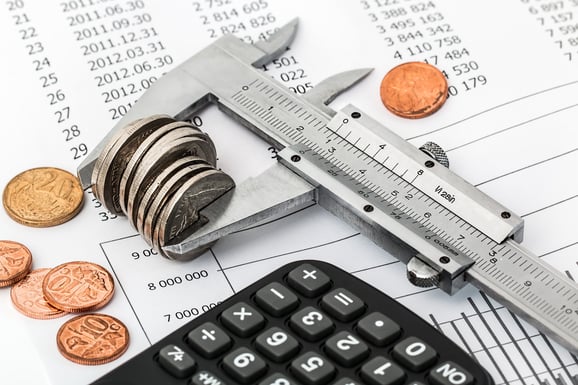
Do wish that your partnerships with suppliers were stronger?
While the pandemic has presented challenges to every part of the channel, it also presents an opportunity to strengthen relationships. As ever, it takes a continuous and concentrated effort to maintain long-lasting relationships with business partners.
Developing stronger relationships with suppliers is crucial for buying groups and distributor leaders, but those relationships still have to be a good fit on both sides. To set up your company for partner relationship success, check out the following three tips:
- Make sure business goals match
- Enable each other’s sales goals
- Evaluate partnership performance
Compare Business Goals
If buying groups and distributors have open relationships with their suppliers — and why would they not — set up a meeting with your partners to review annual business goals related to your relationship.
When you exchange goals, ensure that your leadership team maintains an open mind as they review those goals side-by-side. During the review, verify that everyone is on the same page or if elements need to change.
If either company is going in a different direction, it is best to be transparent, especially if your goals no longer sync up. This may change your relationship, but that change could lead to better situations down the road.
 Enable Each Other's Sales Success
Enable Each Other's Sales Success
Sales enablement on both sides requires knowledge and communication. Ask yourself the following:
- Are suppliers providing product information and training?
- Are buying groups and distributors requiring their team members to complete that training?
If suppliers do not provide enough information about their products and their value differentiators, they cannot expect buying groups and distributors to sell those products effectively. Similarly, if buying groups and distributors are not making product training part of their sales enablement plan, then that does not support the supplier’s goals.
BlueVolt customers — including suppliers, buying groups, and distributors – understand the importance of leveraging product training to grow sales.

Measure Partnership Performance
Measuring performance starts with buying group and distributor leaders identifying how they will evaluate partnership success.
Determine which metrics are most important to measure the strength of your supplier partnerships. Building active analytics dashboards with at-a-glance information can provide hard data that all parties can review. Real-time information promotes conversations between partners and allows teams to pivot as needed.
When measuring metrics, avoid one-sided perspectives. Yes, you want to ensure that your business partner provides what you need. That said, do not forget to measure your own company and whether you’re providing what your partner needs to succeed.
Learn More about Partnership Analytics and Training Trends
Need guidance on applying data-driven strategies to your business processes? Check out these BlueVolt Blogs:
- Mistakes to Avoid When Designing Analytics Dashboards
- How to Future-Proof My Analytics Dashboards
- Delivering Robust Analytics Starts with a Good Partnership
Looking for a 1:1 chat? Drop us a note here:
*This blog was originally published by BlueVolt in May 2021. It has been updated and additional resources added.



